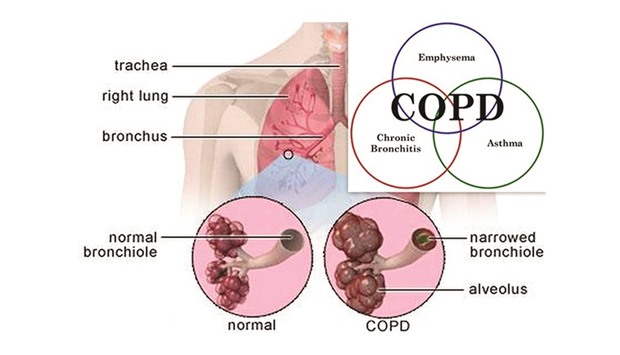This phenomenon is what meteorologists have come to refer to as ‘fog’. Scientifically speaking, fog is nothing more than evaporated water droplets and ice crystals that are suspended near the surface of the earth. The constituents of both fog and clouds are nearly the same. Fog in itself can cause severe depletion in visibility resulting in the halt of many human activities, especially those related to transportation and mobility. However, the larger, more detrimental effects of fog are seen on people’s health when it mixes with the smoke and pollution in the air to form what is known as smog.
The primary factor that contributes to the formation of smog is the increase in air pollution. Air pollutants from cars like sulphur dioxide, nitrogen dioxide and various industrial pollutants like carbon monoxide, volatile organic compounds, ozone and particulate matter, mix with fog to form a dense layer of smog.
Unlike fog which only stays for a short duration, smog tends to linger in the atmosphere throughout the day, giving rise to a variety of ailments, some of which affect:
Respiratory function: The fine particles of air pollutants that form smog enter the lungs and get lodged there. This, in turn, results in a decrease in the ability of the lungs to function and causes coughing, wheezing and shortness of breath.
COPD (Chronic Obstructive Pulmonary Disease): Patients’ and smokers are also highly vulnerable with the ill effects of smog.
Coughing: One of the main ways that pollution cause cough is due to the inhalation of smog that can give rise to a bout of coughing, as your airways get irritated.
Asthma: The fine particles of pollutants that are present in smog tend to aggravate the symptoms for those who are suffering from asthma. Smog not only worsens but prolongs the episodes too.
Bronchitis: Prolonged exposure to smog also worsens bronchitis. In bronchitis, the mucous membranes get inflamed which are irritated by the pollutants, making the condition worse.
Eye irritation: Pollutants in the air tend to irritate the membranes of the eye causing various infections leading to redness or swelling of the eye.
Smog is a natural phenomenon which is the result of an ever increasing rate of air pollution through everyday activities. Smog is more common in industrial areas, but it also remains a familiar sight in cities. To prevent smog from harming your health, you must ensure that you limit your exposure to it.
Avoid places which have huge amounts of air pollutants like traffic junctions, industrial zones etc. Cover your face with a scarf/stole to prevent inhaling smog whenever you step out. And finally, reducing the amount of air pollution can have advantageous long-term effects on the health of all the residents of a city.
* Dr Nisar C Abulla is
Specialist-Internal Medicine
at Aster Medical Centre,
C-Ring Road. Phone 44440499



